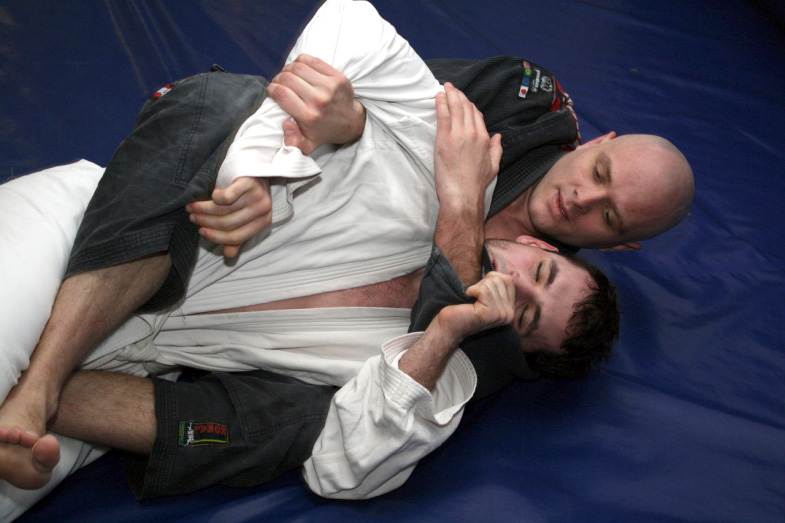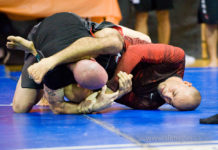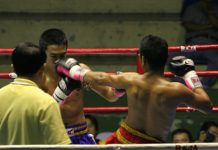When it comes to BJJ fundamentals and ‘basic’ positions, the old school masters have it down. The rise of flashy new techniques and social media highlights often leads to new practitioners overlooking basic BJJ.
Don’t get us wrong, we are all for learning leg locks and advanced transitions. Nevertheless, returning to the fundamentals of BJJ is vital for ensuring your jiu-jitsu works in any circumstance.
Before continuing, let us clarify one thing: fundamentals and ‘basics’ does not mean ‘easy’ or ‘unimportant.’ In fact, mastery of fundamental jiu-jitsu is one of the hardest parts of training BJJ.
Just because beauty lies in simplicity does not mean simple is easy. When you are building a house, the foundations, joists, and studs must be perfectly set or your flashy paint job and fancy furniture is meaningless. The same is true with BJJ: any game plan that neglects the fundamentals will ultimately fail you.
We break down the basic BJJ positions and submissions in BJJ. These BJJ fundamentals transcend time. They also work in BJJ competition, MMA fighting, and self-defense situations.
any game plan that neglects the fundamentals will ultimately fail you
As any old-school master will tell you, you should practice BJJ with self-defense in mind. It just might save your life one day.
Overview of BJJ Fundamental Positions
The positions we will overview are the closed guard, half-guard, side mount, full mount, back mount, front headlock, and of course, the standup position that universally begins all competitions and fights.
You must understand how to advance position as well as attack and defend submissions from these fundamental BJJ positions. Without these skill sets, you will lack a solid core BJJ foundation.
These positions are also the launch point for submissions we will cover in the second half of the article.
Closed Guard: The First of Many Battles
The closed guard is a fundamental BJJ position in all contexts. As a new practitioner, you will find yourself in closed guard frequently. Even at the advanced levels, closed guard battles occur frequently.
The closed guard offers security to most BJJ beginners. This is largely due to the instinctive nature of entering the basic position. The closed guard is a great way to learn the fundamentals of breaking posture. You will use both your legs and arms to control your opponent.
The closed-guard offers a number of submissions such as the armbar and triangle to the bottom player.
For the top player, opening and passing the closed guard is the first major challenge to overcome. You must open the guard in order to advance top position and reach better control positions.
The Half Guard: Moving Forward
Half-guard is the next major position beginners must learn from top and bottom positions. The half-guard is technically a step towards superior position for the passing player. However, the bottom player has many sweeps and submission options from the bottom as well.
Side Mount: BJJ Fundamental Control

If you’ve made it past full guard and half guard, you will typically find yourself in side-mount. The side mount control position is also seen in wrestling and judo. The side mount offers you a chance for better control while attempting submissions such as the armbar, kimura, and americana. If you find yourself on the bottom in side control, you need to begin dialing in your survival and escape skills.
The Full Mount: Survival at All Costs
If you continue to advance top position you will enter the full mount. The full mount is an threatening control position for the top position in both BJJ and full-contact fights.
Full mount offers a number of submission options. In MMA, you can also punch your opponent’s face through the floor from the top position.
If you are on bottom, you must survive and escape the mount. Whether its competition or self-defense, mount escapes are a foundational aspect of all beginner BJJ programs.
Back Mount: Now You’re In Trouble

When you are on top, taking the back is one of the best moves for scoring points and finishing off your opponent. The back mount also offers one of the most instinctive, high-percentage finishes in BJJ: the rear naked choke.
Surviving choke attempts and escaping back mount are crucial aspects of all BJJ fundamentals. The back-mount is arguably the worst position you can be in as the bottom player. However, in training you will learn to escape your way back to neutral position before attempting your own guard-passing, mount, and back-take techniques.
Front Headlock: A BJJ Fundamental Fighting Position
The front headlock is another fundamental grappling position common to most grappling combat sports and self-defense scenarios. If you shoot on your opponent from a standing position or escape from the bottom position, you will inevitably find yourself on one end of the front headlock.
From top position, the front headlock offers a massive arsenal of chokes, including the guillotine anaconda, and D’arce chokes. If you like taking the back, the front headlock is a crucial way to reach that position.
The front headlock offers the bottom player some aggressive wrestling techniques such as the hip-heist. Additionally, you can find sweeps and takedown finishes such as the single and double-leg takedown.
You must learn to survive, advance, and recover position from the bottom front headlock for BJJ competition, self-defense, and MMA.
Stand-up Position: Because 100% of Fights Start Standing
Every BJJ match and fight starts from the neutral standing position. Wrestling, Sambo, and Judo have the reign over standup grappling. That said, r BJJ players must develop a basic understanding of footwork, grip fighting, tie-ups to actually have any claim on being serious martial artists. If you can’t take someone down… your ground game is irrelevant (for the most part).
Concluding the BJJ Fundamentals
What we covered are basic positions you need to learn to have complete BJJ fundamentals. You need to have options from both the top and bottom positions. While learning these positions is the tip of the iceberg in terms of BJJ skills, you absolutely have to focus on these foundational aspects of BJJ.
If you want to learn more about BJJ fundamentals, we have 11 great FREE Instructional Videos for you – click here to have them delivered directly to your inbox!





